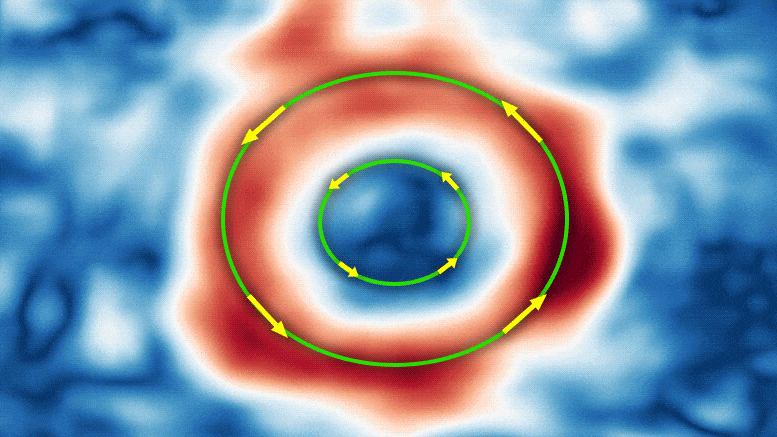Our cooling systems are heating the Earth as they consume fossil-fueled energy and release greenhouse gases. Air Conditioning use is expected to increase from about 3.6 billion units to 15 billion by 2050. So, how do we exit this cold room trap? What if I told you we could tap into space for electricity free air conditioning and other refrigeration tech?
Purchase RoboRock on Amazon: https://cli.fm/Roborockdock_matt_YT_Amazon.
or Visit RoboRock’s Official Website: https://cli.fm/Roborockdock_matt_YT
Watch Perovskite Solar Cells Could Be the Future of Energy: https://youtu.be/YWU89g7sj7s?list=PLnTSM-ORSgi7sp17ey2ydGRGBTFijdYCh.
Video script and citations:
https://undecidedmf.com/episodes/space-powered-cooling-may-b…-of-energy.
Follow-up podcast:
Video version — https://www.youtube.com/channel/UC4-aWB84Bupf5hxGqrwYqLA
Audio version — http://bit.ly/stilltbdfm.
👋 Support Undecided on Patreon!







